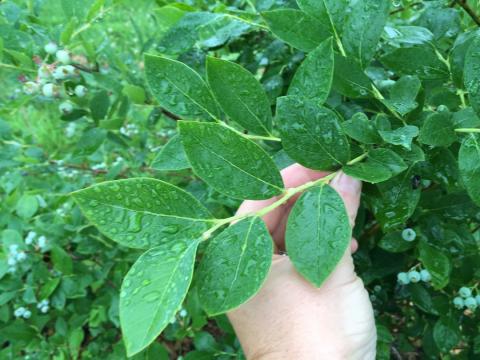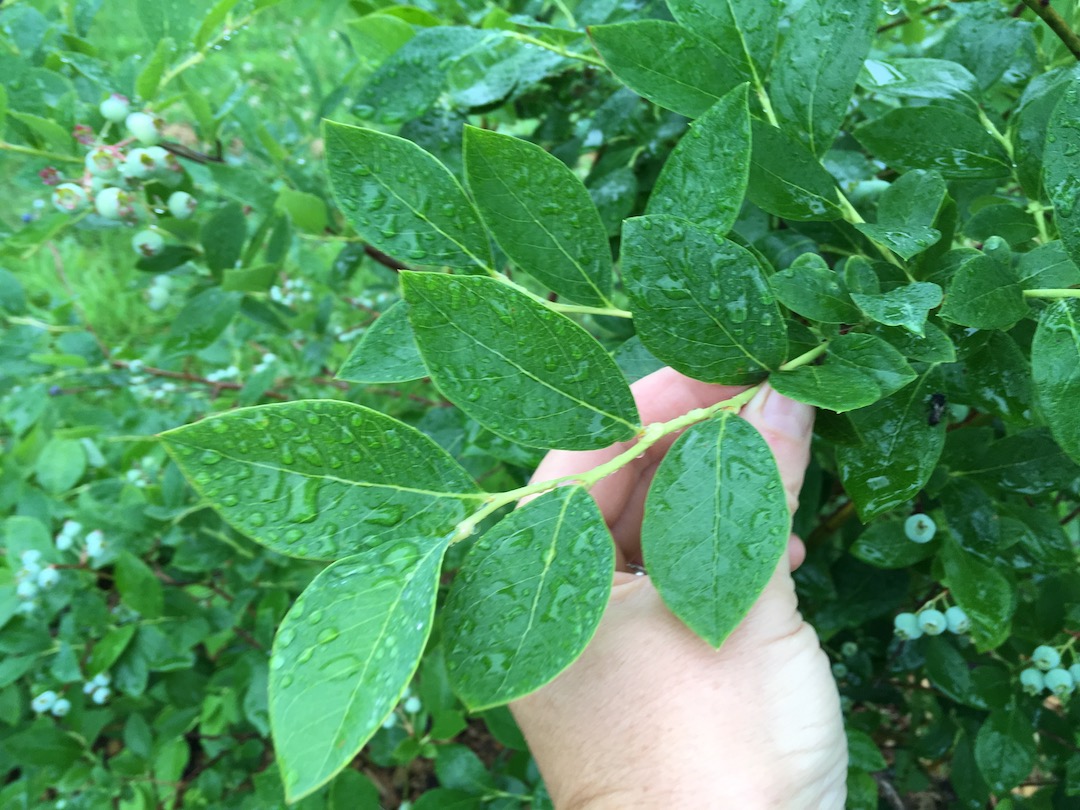Commercial Fruit Growers: Leaf Tissue Testing Time!

It's time for both berry and tree commercial fruit growers to collect leaf samples so a foliar (leaf) nutrient analysis can be made. Measuring the foliar nutrient levels allows fruit growers to evaluate past fertilization programs and gives data on which to base recommendations for future fertility management programs.
We recommend that you mark the sampled trees with latex paint, so you collect leaves from the same trees each year. Ideally for tree fruits, collect leaf samples during late July through the first part of August; blueberries the first week of harvesting; strawberries after renovation; and raspberry/blackberry) in early to mid August.
Check the plant tissue test information sheet for all details on collecting, handling, and completing information sheets for the samples. The form contains information on how many leaves need to be collected, where to collect them from on the plant, and other important details. The tissue test checks levels of nitrogen, phosphorus, potassium, calcium, magnesium, manganese, iron, copper, boron and zinc.

Make sure you read and follow the instructions on the Commercial Plant Tissue Test Form. If you have any questions on leaf sampling or if you need additional enrollment information sheets, please contact George Hamilton at the Hillsborough County office or Shyloh Favreau on campus in Durham, NH.
Extension Services & Tools That Help NH Farmers Grow
Newsletters: Choose from our many newsletters for production agriculture
Receive Pest Text Alerts - Text UNHIPM to (866) 645-7010

